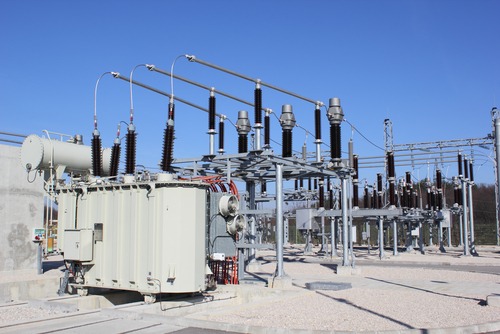Combustible-by-product from electric industry drops 34 percent in past decade

Combustible by-product (CBP) production in the U.S. electric power industry has dropped sharply over the past decade, according to data from the U.S. Energy Information Administration.
Combustible-by-product is the residue left over after the combustion of coal, petroleum coke, residual fuel oil, and wood or wood waste. The residue or by-product can be disposed of in onsite or offsite landfills or ponds, reused in products such as concrete wallboard or as structural fill to support roadways (referred to as beneficial reuse), or stored for subsequent disposal or reuse.
The EIA analysis found that CBP residue fell by 34 percent from 2010 through 2019 to 88.7 million short tons. Further, the beneficial reuse rate of CBPs from operating power plants increased from 38 percent in 2010 to 44 percent in 2019.
A major cause for the decline in CBP production is the reduced coal-fired power plants, as many have been retired. The CBPs from burning coal in coal-fired power plants include fly ash, bottom ash, and gypsum from flue gas desulfurization (FGD) systems. Fly ash and FGD by-products accounted for about 80 percent of CBP production in 2019.
A larger portion of CBPs is being recycled for beneficial reuse, thus reducing the amount of CBP that is disposed at onsite ponds, landfills, or offsite disposal locations. Beneficial use of CBPs is regulated by state-level environmental agencies.
The U.S. Environmental Protection Agency (EPA) excluded beneficial use of CBPs from federal regulation in May 2000. Disposal of CBPs falls under EPA’s Coal Combustion Residuals (CCR) regulations. National CCR disposal regulations for electric utilities were finalized in April 2015, addressing issues like groundwater contamination, air pollution from dust, and ash impoundment failure. They also define beneficial reuse.
